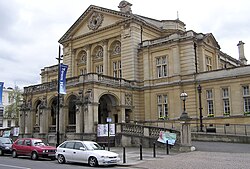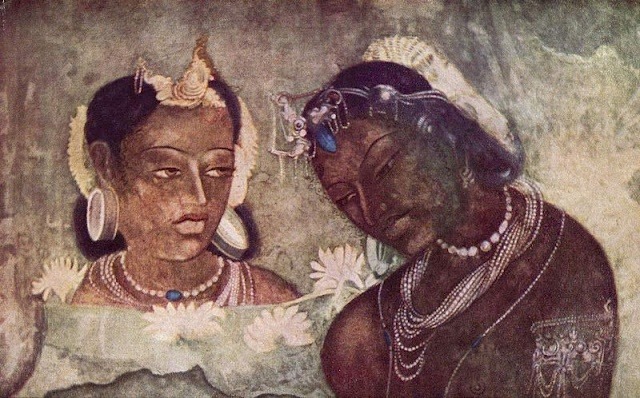Prehistoric Rock Paintings
 The earliest discovery of prehistoric rock art was made in India, twelve years before the discovery of Alta Mira in Spain. Archibald Carlleyle discovered rock paintings at Sohagihat in the Mirzapur district of Uttar Pradesh in 1867 and 1868. There are rock paintings apparently of various ages. Though all evidently of great age, done in red colour called as ‘geru’.
The earliest discovery of prehistoric rock art was made in India, twelve years before the discovery of Alta Mira in Spain. Archibald Carlleyle discovered rock paintings at Sohagihat in the Mirzapur district of Uttar Pradesh in 1867 and 1868. There are rock paintings apparently of various ages. Though all evidently of great age, done in red colour called as ‘geru’.
Some of these rude paintings appeared to illustrate in a very stiff and archaic manner scenes in the life of the ancient stone chippers. Others represent animals or hunts of animals by men with bows and arrows, spears and hatchets.






